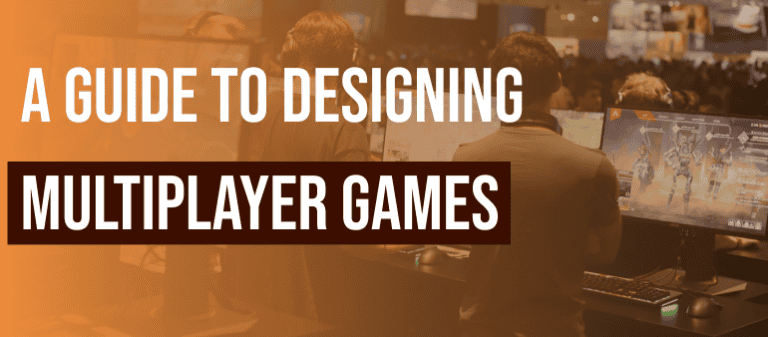The Science of Board Game Design: Balancing Mechanics and Strategy for Optimal Fun
Have you ever wondered why certain board games keep you hooked for hours? What makes a board game not only enjoyable but also engaging and addictive? The answer lies in the delicate balance of mechanics and strategy, a product of careful design and an understanding of human psychology. This balance keeps players invested, challenges their skills, and ensures that every game is a unique experience.
The Power of Board Game Mechanics
Board game mechanics are the heart of every game. They are the rules and systems that govern how a game is played. From the roll-and-move mechanism of Monopoly to the intricate resource management of Catan, game mechanics define a game’s character and challenge.
“Designing a game is like making a soup. Each ingredient should contribute to the overall experience, but none should overpower the rest.” – Reiner Knizia, Game Designer
Well-crafted mechanics create structure and provide players with clear goals. They offer a sense of accomplishment and progress, rewarding strategic thinking and decision-making. They can also create tension and excitement, as players navigate the game’s challenges and compete against each other.
The Role of Strategy in Board Games
While mechanics set the stage, strategy brings a game to life. It’s the element of a board game that allows players to influence the outcome through their choices and decisions. A well-balanced game offers multiple viable strategies, ensuring replayability and depth.
“Strategy requires thought, tactics require observation.” – Max Euwe, Chess Grandmaster
Strategic depth in a game encourages critical thinking and problem-solving, skills that are not only fun to exercise but also beneficial in real-life scenarios. It invites players to plan ahead, anticipate opponents’ moves, and adapt their tactics based on the game’s progression.
Psychology and Board Game Design
Understanding human psychology is a key aspect of successful board game design. Games that tap into our inherent likes, dislikes, and cognitive biases can create engaging, memorable experiences.
“Play is the highest form of research.” – Albert Einstein
For instance, the element of luck in many games appeals to our love of surprise and anticipation. It creates uncertainty, keeping every game fresh and unpredictable. Similarly, games often incorporate cooperative or competitive elements, reflecting our social nature and desire for interaction.
Creating the Perfect Balance
Designing a board game that’s both enjoyable and challenging requires a delicate balance of mechanics, strategy, and psychology. Too much emphasis on mechanics can make a game feel rigid and predictable, while too much strategy can make it feel overwhelming and inaccessible. The best games find the perfect balance, offering depth and complexity without sacrificing fun and accessibility.
“The most successful games are those that create an engaging, immersive experience while challenging the players’ skills and strategies.” – Sid Meier, Game Designer
Conclusion: The Magic of Board Games
The magic of board games lies in their ability to blend strategy, challenge, and fun into a single, cohesive experience. They invite us to think, strategize, and compete, all while having a blast. They connect us with others and provide a platform for shared experiences and memories.
If you’ve been captivated by the world of board games and their design, consider diving deeper. Explore new games, study their mechanics and strategies, and you might just discover your next favorite pastime.
“Life is more fun if you play games.” – Roald Dahl, Author
FAQs
What are board game mechanics?
Answer: Board game mechanics are the rules and systems that dictate how a game is played. They define the actions players can take, how they interact with the game’s components, and how they achieve victory.
How does strategy factor into board games?
Answer: Strategy in board games involves the decisions and tactics players employ to achieve the game’s objectives. A well-designed game offers various strategic paths, allowing players to influence the game’s outcome.
Why is balance important in board game design?
Answer: Balance ensures that no single strategy, action, or player has an undue advantage. It keeps the game competitive, fair, and interesting, encouraging repeated play.
How does psychology influence board game design?
Answer: Understanding human psychology helps game designers create experiences that are engaging and satisfying. Aspects such as anticipation, surprise, competition, and cooperation can greatly enhance a player’s experience.
What makes a board game fun?
Answer: A fun board game strikes a balance between challenge and accessibility. It offers depth and complexity, engaging players’ strategic thinking, while also being easy to learn and play.
Keywords: Board Game Design, Game Mechanics, Strategy in Games, Psychology of Gaming, Balance in Games
Growing up, my family had a ritual. Every Sunday evening, we’d gather around the dining table for a board game marathon. I remember the thrill of pulling ahead in Monopoly, the tension of waiting for the next roll in Yahtzee, and the strategic deliberation in Chess. These games weren’t just about winning or losing; they were about the shared experience, the laughter, the friendly rivalry. Looking back, I realize these games taught me more than just rules and strategies. They instilled in me a love for problem-solving, a knack for tactical thinking, and a passion for playful competition.





